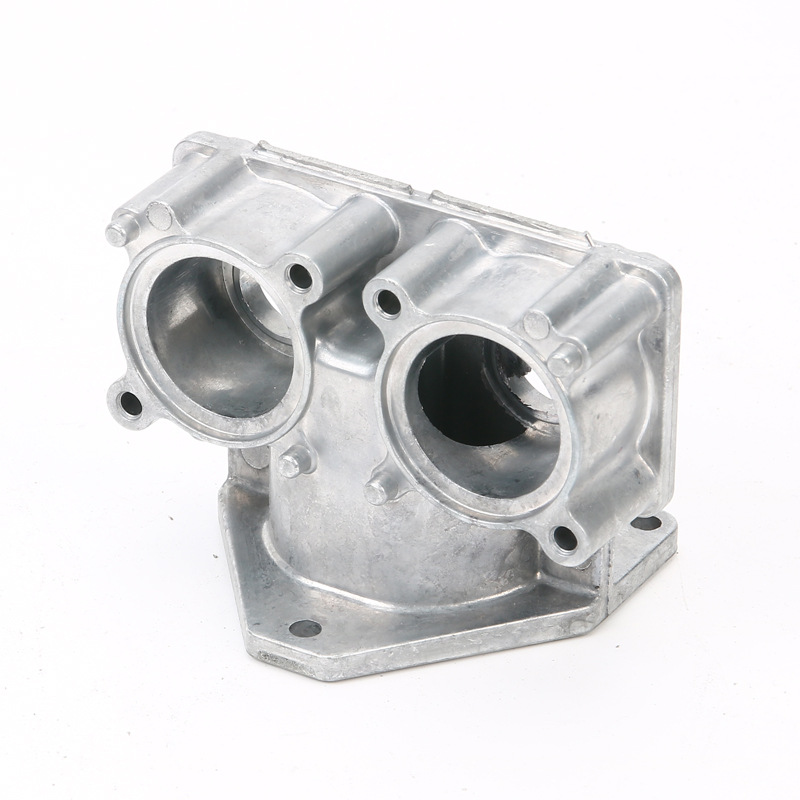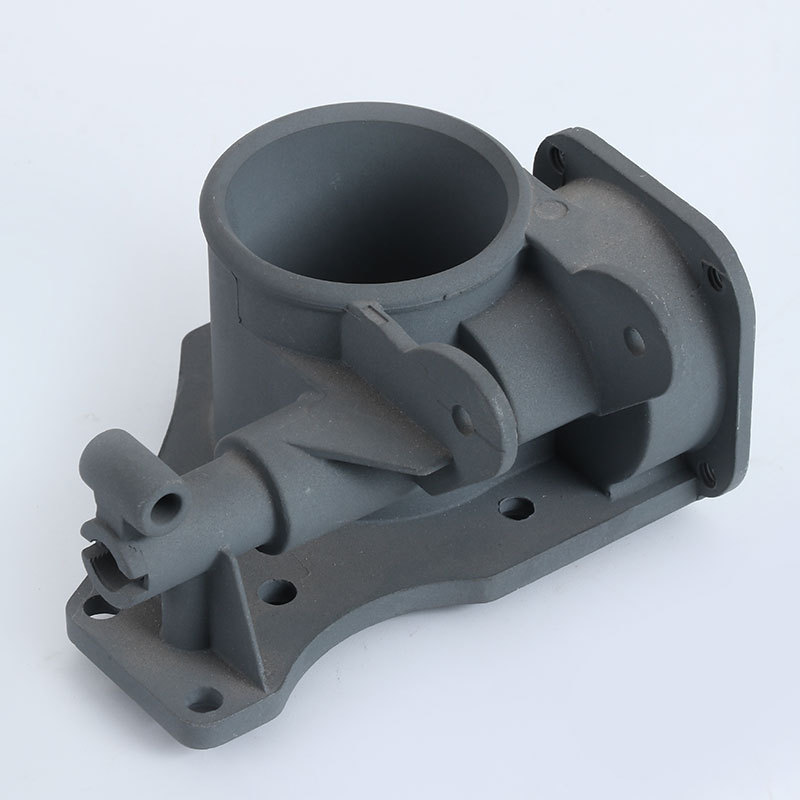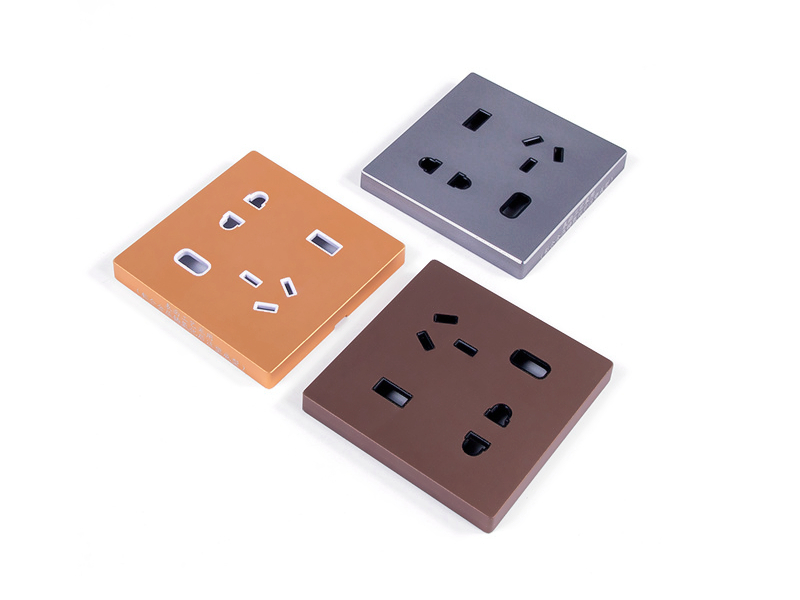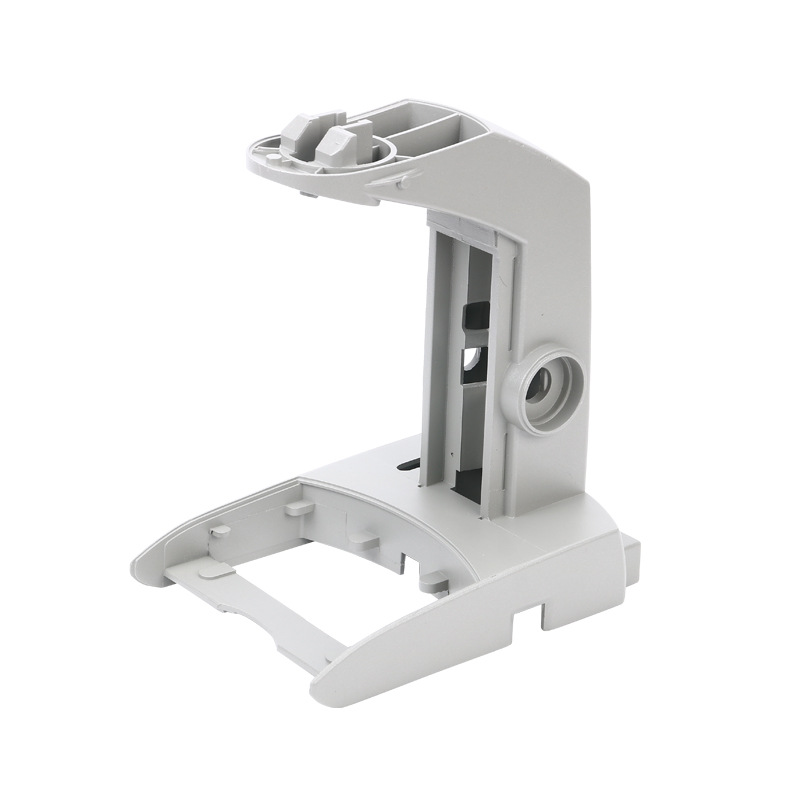Lightweight and Durable: How Die Casting Powers Innovation in the Automotive Industry
As automakers pursue lighter, stronger, and more efficient vehicle designs, die casting has emerged as a core technology enabling the production of high-performance components at scale. From electric vehicle (EV) battery enclosures to structural chassis elements and transmission housings, die casting supports the industry's shift toward reduced emissions, increased strength-to-weight ratios, and cost-effective manufacturing.
At Neway, we deliver automotive-grade die casting solutions for internal combustion and electric vehicles. This article explores how die casting enhances innovation in automotive design, the materials used, typical applications, and advanced production methods that ensure durability and repeatability.
Why Die Casting Is Crucial for Automotive Innovation
In a highly competitive market, automotive manufacturers must achieve more with less—less weight, less cost, and less waste—while improving performance, safety, and fuel economy. Die casting enables integrating multiple complex features into a single component, minimizing part count and simplifying assembly.
High-Strength Lightweight Components
Reducing vehicle weight is key to improving fuel economy and range in electric vehicles. Aluminum die casting offers a density of approximately 2.7 g/cm³, compared to steel’s 7.8 g/cm³—resulting in nearly 65% weight savings. Commonly used alloys such as A380 and AlSi12 provide tensile strengths ranging from 275 to 310 MPa after heat treatment.
Dimensional Accuracy and Complex Geometry
Die casting achieves tolerances as tight as ±0.05 mm, ensuring precise fit and function for parts with mounting points, fastener interfaces, and sealing surfaces. The process supports thin walls (as little as 1.5 mm) and complex internal structures, reducing the need for additional machining or welding.
Cost-Effective Mass Production
With 30 to 60 seconds cycle times and tool life exceeding 100,000 shots for aluminum, die casting is ideal for high-volume production. Tool steels such as H13 maintain dimensional stability and wear resistance throughout extended production runs.
Material Comparison Table for Automotive Die Casting
Material | Density (g/cm³) | Tensile Strength (MPa) | Key Properties | Typical Uses |
|---|---|---|---|---|
A380 Aluminum | 2.74 | 317 | High strength, excellent castability | Transmission housings, brackets, covers |
A356 (T6 treated) | 2.68 | 310 | Improved ductility and fatigue resistance | Suspension arms, battery trays, steering knuckles |
AlSi12 | 2.66 | 250 | Thin-wall capability, high pressure tightness | Electronic housings, thermal systems |
Zamak 3 (Zinc) | 6.6 | 283 | Precise tolerances, long tool life | Interior parts, handles, switch housings |
Brass 360 | 8.4 | 345 | Good conductivity, corrosion resistance | Terminals, electrical connectors, charging ports |
Typical Die Cast Automotive Parts
Die casting supports a wide array of automotive subsystems. Below is a categorized table showing common parts and their key requirements:
System | Common Die Cast Parts | Critical Requirements |
|---|---|---|
Powertrain | Engine blocks, oil pans, bell housings | Heat resistance, structural strength |
Transmission | Gearbox covers, clutch housings | Dimensional stability, pressure containment |
EV Platforms | Battery enclosures, motor housings | Weight reduction, EMI shielding, thermal regulation |
Chassis | Crossmembers, suspension mounts | High load capacity, corrosion resistance |
Interior/Trim | Seat adjusters, levers, HVAC components | Precision, aesthetic finishes |
Process Optimization for Long-Term Durability
Mold Flow Simulation
We simulate flow and cooling profiles to identify fill imbalances, gas entrapment, and shrinkage. This data guides optimized gating and venting designs, helping us achieve consistent part integrity with minimal porosity.
Tooling Materials and Treatment
We manufacture molds using H13 tool steel or Beryllium Copper inserts for thermal conductivity and wear resistance. Dies are heat-treated and maintained under predictive schedules to support production beyond 150,000 cycles.
Post-Machining and Heat Treatment
Our post-machining services maintain tolerances of ±0.01 mm for sealing surfaces, threads, and bearing interfaces. T6 heat treatment is applied to selected aluminum parts to achieve peak mechanical properties.
Surface Finishing and Corrosion Protection
We offer anodizing, powder coating, and e-coating for corrosion resistance, meeting ISO 9227 salt spray tests. Our painting and tumbling processes also ensure consistent appearance and finish durability.
Die Casting for Electric Vehicles (EVs)
The rise of electric mobility has intensified the need for large, integrated aluminum castings. Die casting is increasingly used to consolidate multi-part assemblies into single high-strength units, improving thermal performance and reducing mass. Structural battery enclosures, power inverter housings, and electric drive unit supports are now frequently cast as monolithic aluminum parts with optimized cooling channels and EMI protection.
Why Automotive OEMs Choose Neway
Neway supports the entire product lifecycle with vertically integrated services:
Design for Manufacturability and Simulation
In-house tool and die production with rapid prototyping
Low-volume and mass production scaling
End-to-end quality control compliant with ISO 9001:2015 and automotive PPAP standards
Our dedicated team ensures consistent quality, faster lead times, and seamless communication throughout your project lifecycle.
Conclusion
Die casting is an essential technology powering innovation across the automotive industry. Its ability to deliver strong, lightweight, and dimensionally accurate parts at high volumes helps OEMs meet critical goals in fuel efficiency, electric mobility, and structural optimization. At Neway, we provide industry-proven die casting services that accelerate your product development and elevate your vehicle performance.
To learn more about our automotive die casting capabilities or get a custom quote, contact us today.
FAQs
What are the advantages of using die casting in electric vehicles?
Which aluminum alloys are most common in automotive die casting?
How does die casting compare to stamping or forging in automotive parts?
What surface treatments are best for corrosion protection in cars?
Can die cast automotive parts meet ISO/TS and PPAP standards?




